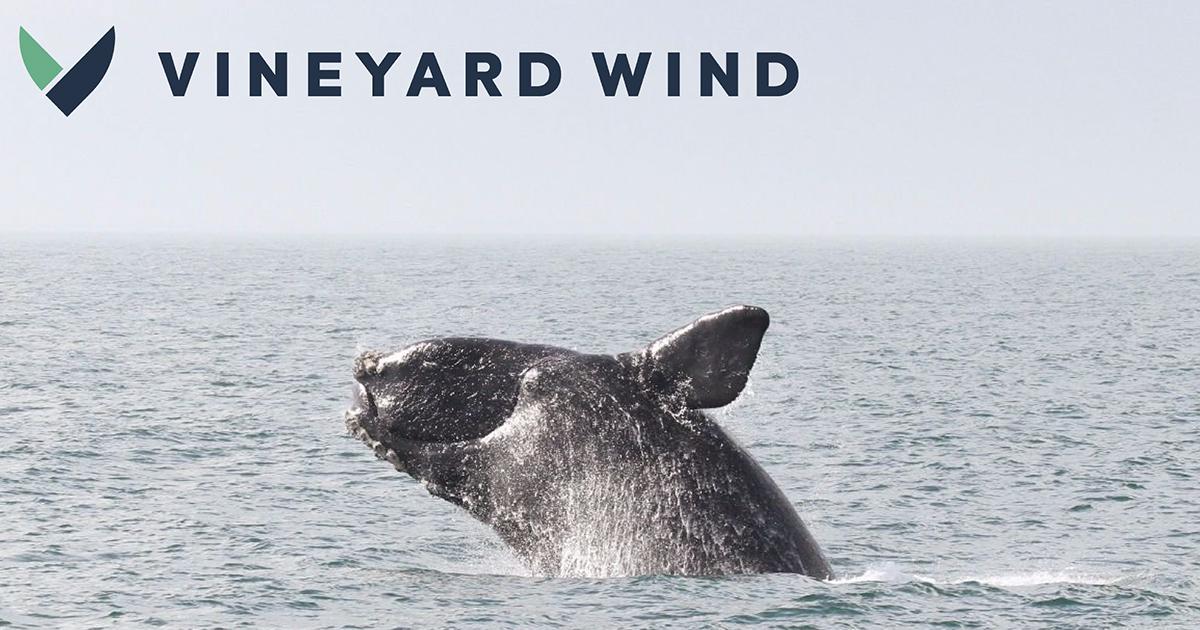Vineyard Wind: Massachusetts Certifies Environmental Impact Report

Vineyard Wind announced on 5 February 2019 that Massachusetts Secretary of Energy and Environmental Affairs (EEA) Matthew A. Beaton has certified the Final Environmental Impact Report (FEIR) for the United States’ first utility-scale offshore wind farm.
The decision finalizes the Massachusetts Environmental Policy Act (MEPA) review process for the proposed 800 megawatt (MW) offshore wind generation and transmission project, allowing the project to proceed with state, regional and local permitting.
“The MEPA environmental review process provided a significant benefit to the project, allowing numerous stakeholders, advocacy groups, and interested citizens to help identify and address impacts so they can be effectively managed or mitigated,” said Erich Stephens, Chief Development Officer for Vineyard Wind. “Our team will continue to work collaboratively with state, regional and local regulatory agencies – as well as all stakeholders- as the project moves forward.”
With MEPA’s certification, the project will now seek permit review from the Cape Cod and Martha’s Vineyard Commissions, and the Barnstable Conservation Commission, among others.
FEIR Certification represents the latest key milestone for the project as it advances through permitting. Progress to date includes ongoing review of the Power Purchase Agreements (PPAs) by the Department of Public Utilities (DPU) that is expected to conclude in March 2019; execution of a Host Community Agreement with the Town of Barnstable in October 2018; completion of evidentiary hearings before the Massachusetts Energy Facilities Siting Board in October 2018, with a Tentative Decision expected in March 2019, and Final Decision anticipated in early April; execution of a lease with the 26-acre New Bedford Marine Commerce Terminal in October 2018 to support construction of the Vineyard Wind project; and selection of MHI Vestas Offshore Wind as the preferred supplier of V164 9.5 MW offshore wind turbines for the project, the largest wind turbine generator currently available for installation.
The proposed Vineyard Wind Connector project is comprised of subsea and subsurface electrical transmission lines and a new substation that will connect the Vineyard Wind turbine array to the Massachusetts electric grid. The Vineyard Wind offshore wind turbine array, located in the federal waters south of Martha’s Vineyard and approximately 34 miles south of the Cape Cod mainland, calls for a grid connection point to an existing substation in an industrial park in Barnstable. Vineyard Wind has stipulated that they will use solid material cables only, and that they will be buried for their entire length onshore, and also that the transformers and other electrical equipment at the new substation will be underlain by full volume, impervious containment systems.
Vineyard Wind project substantial public review and consultations by nearly 30 federal, tribal, state, and local approval agencies, including from the US Bureau of Ocean Energy Management (BOEM), the US Army Corps of Engineers, National Marine Fisheries Service, the Massachusetts Energy Facilities Siting Board, Massachusetts DEP and CZM, the Cape Cod Commission and local conservation commissions. Vineyard Wind also continues to engage in active conversations with area tribes.
U.S. Bureau of Ocean Energy Management Updates Hearing Schedule for Draft Environmental Impact Statement
Meanwhile, the United States’ Bureau of Ocean Energy Management (BOEM) has announced a new schedule for public hearings to accept comments on the agency’s Draft Environmental Impact Statement (DEIS) for Vineyard Wind’s proposed 800-megawatt (MW) wind farm to be constructed in federal waters south of Martha’s Vineyard and approximately 34 miles south of the Cape Cod mainland. The will hearings take place during the week of February 11 to 15 in Hyannis, New Bedford, Martha’s Vineyard, Nantucket, and Narragansett, RI.
BOEM also has reopened the public comment period for the Vineyard Wind DEIS. Comments should be submitted no later than February 22nd here.
The DEIS analyzes potential environmental impacts associated with proposed actions as set forth in Vineyard Wind’s Construction and Operations Plan (COP) that was submitted to BOEM in 2017. Public input informs BOEMN’s preparation of the Final Environmental Impact Statement. Full details regarding the public meetings and directions for submitting comment can be found on Vineyard Wind’s website.

